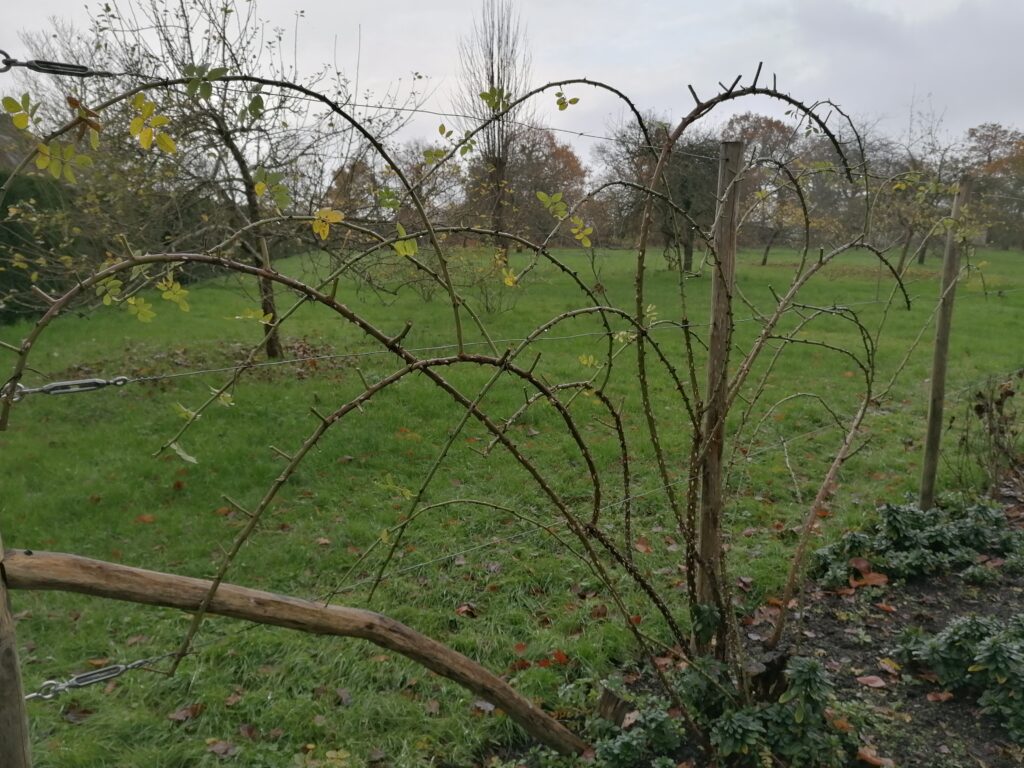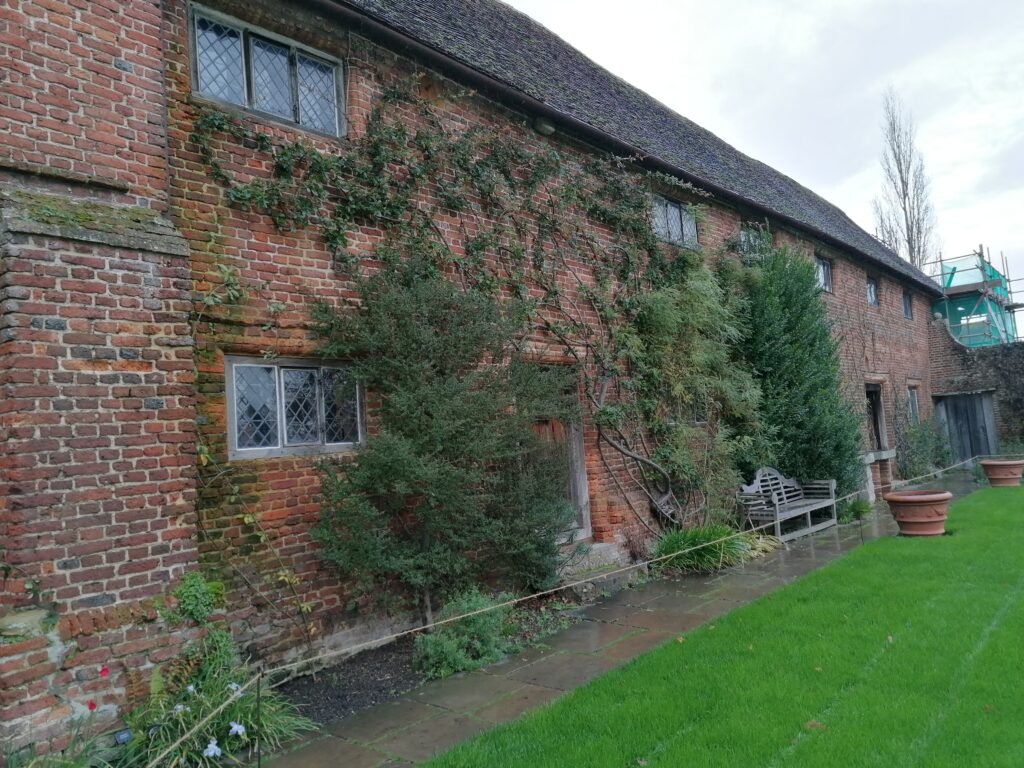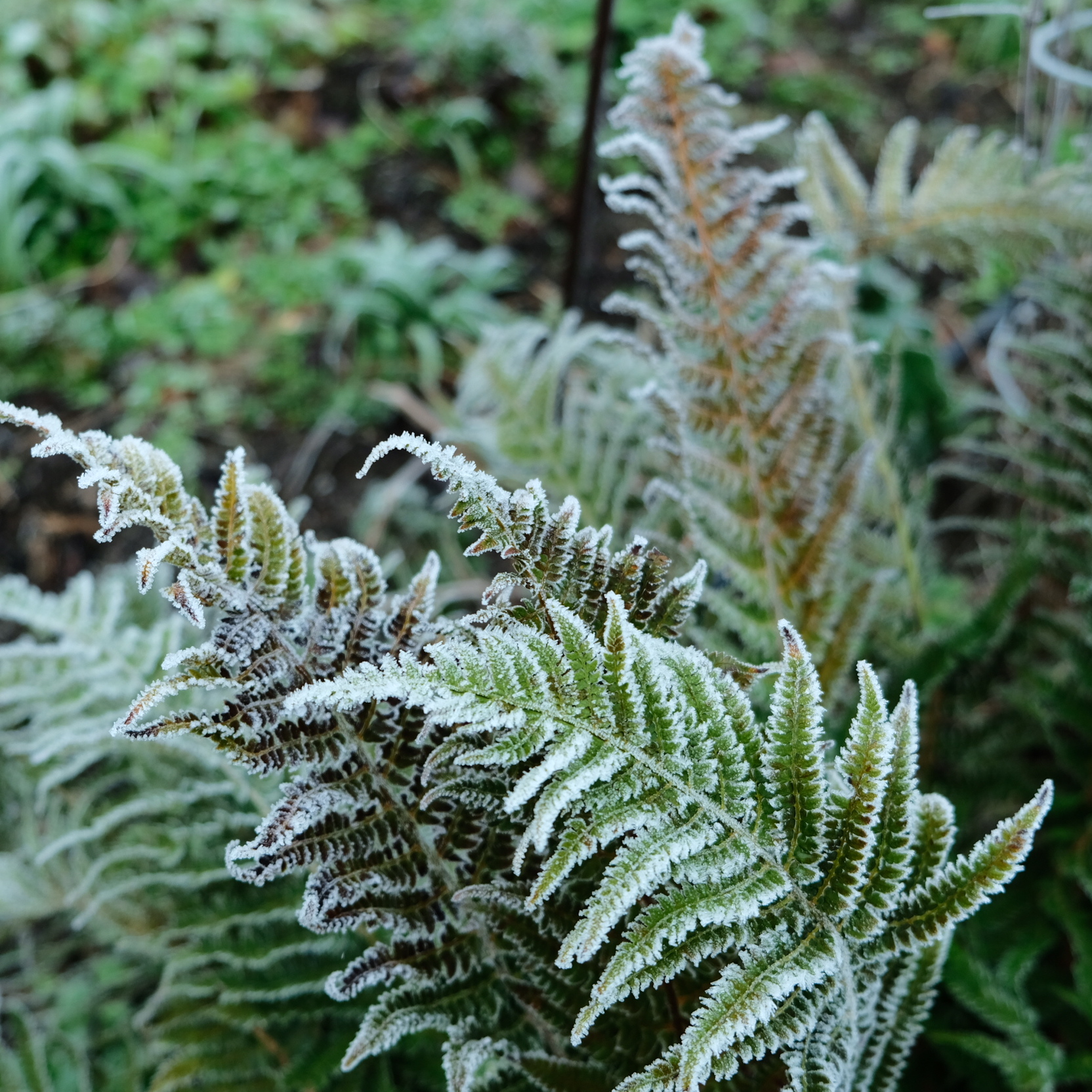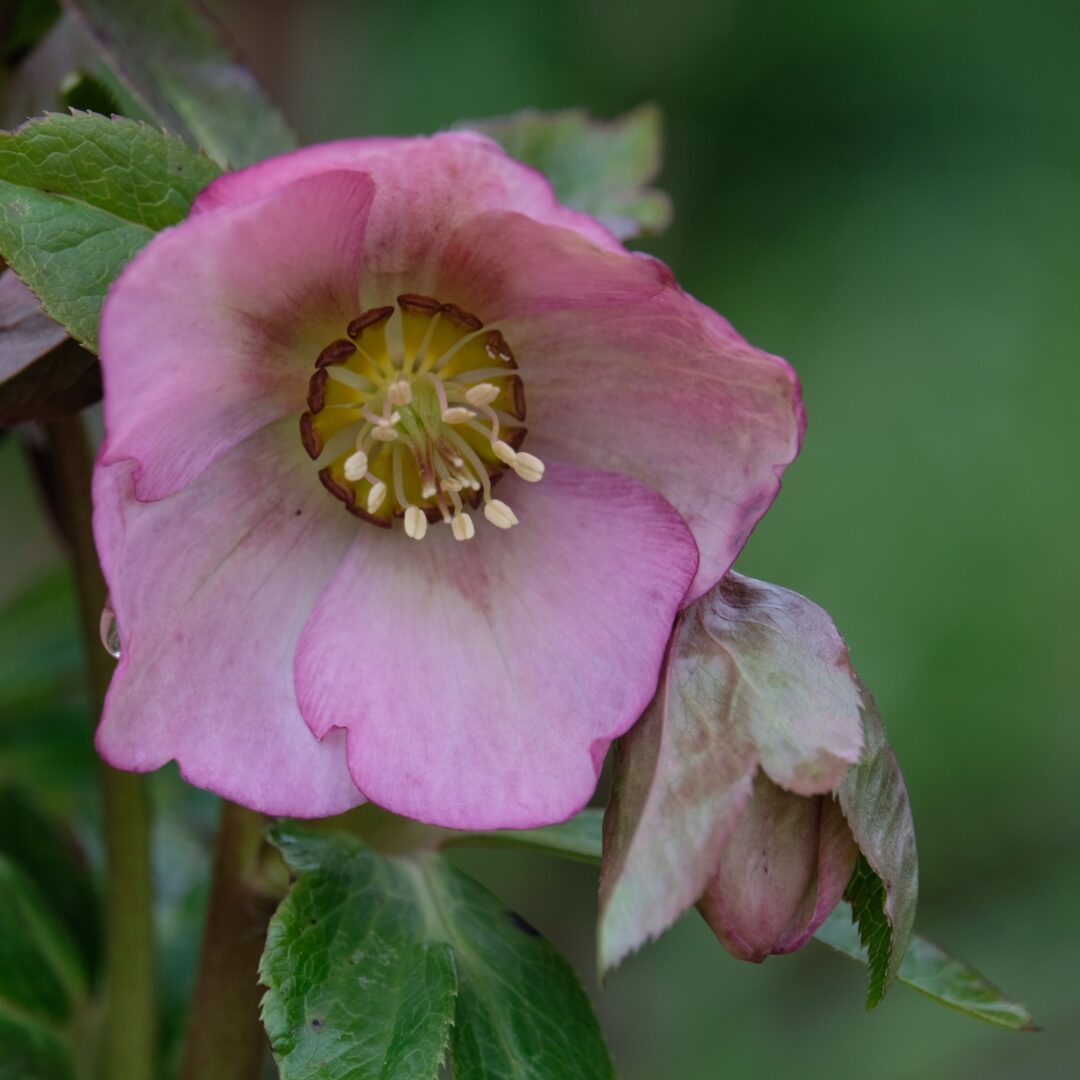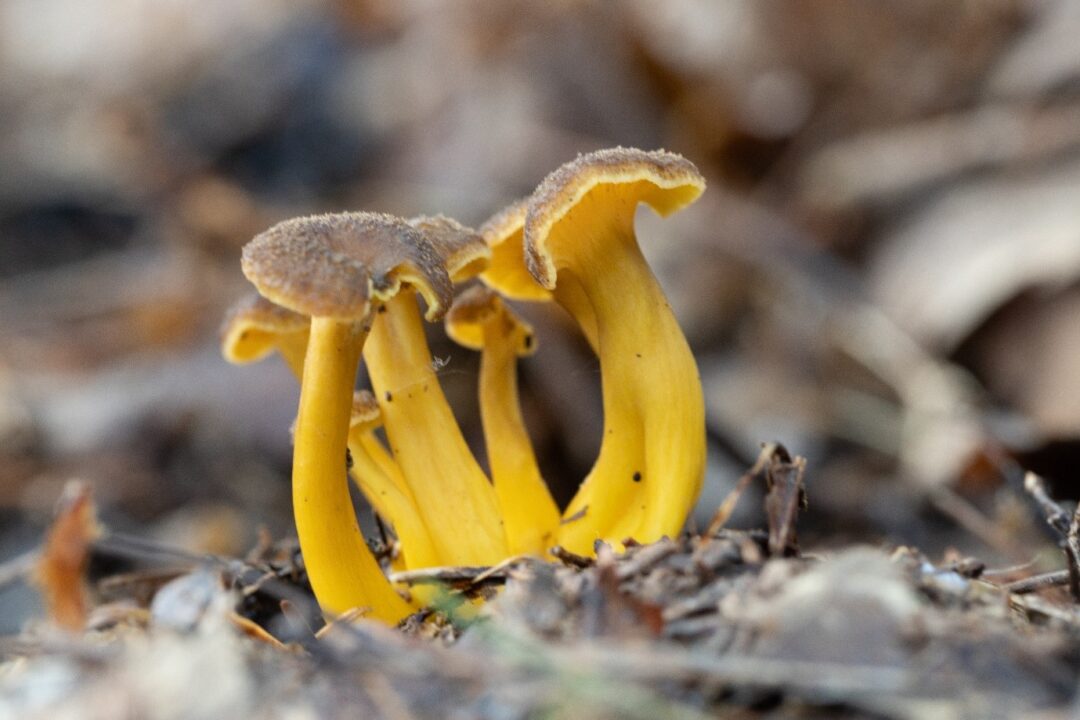After the week of snow and ice comes the rain. This beautiful photograph warms the spirits as I look from the computer screen to the rain dripping on the patio and then out to the seed heads that are looking the worse for the weather.
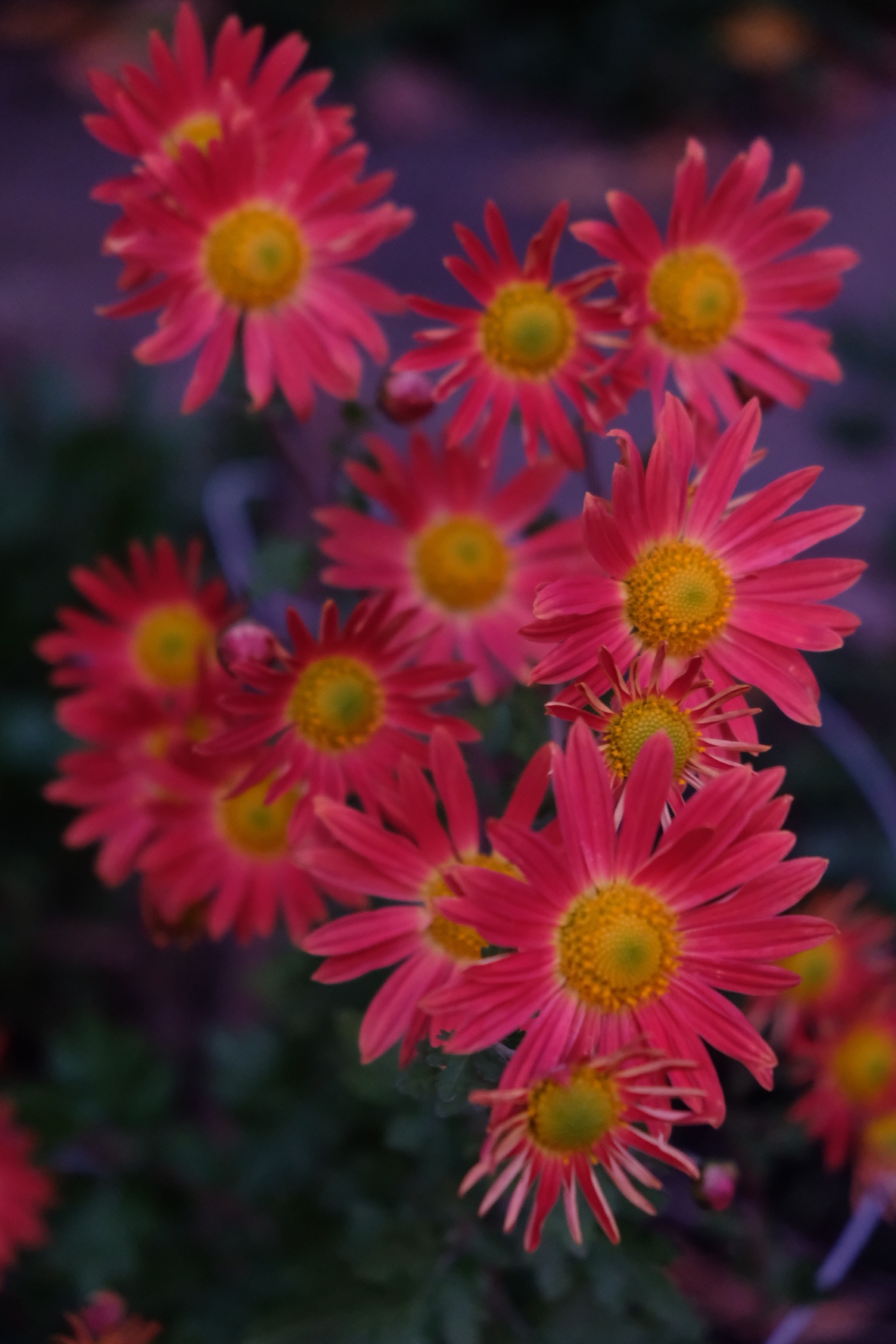
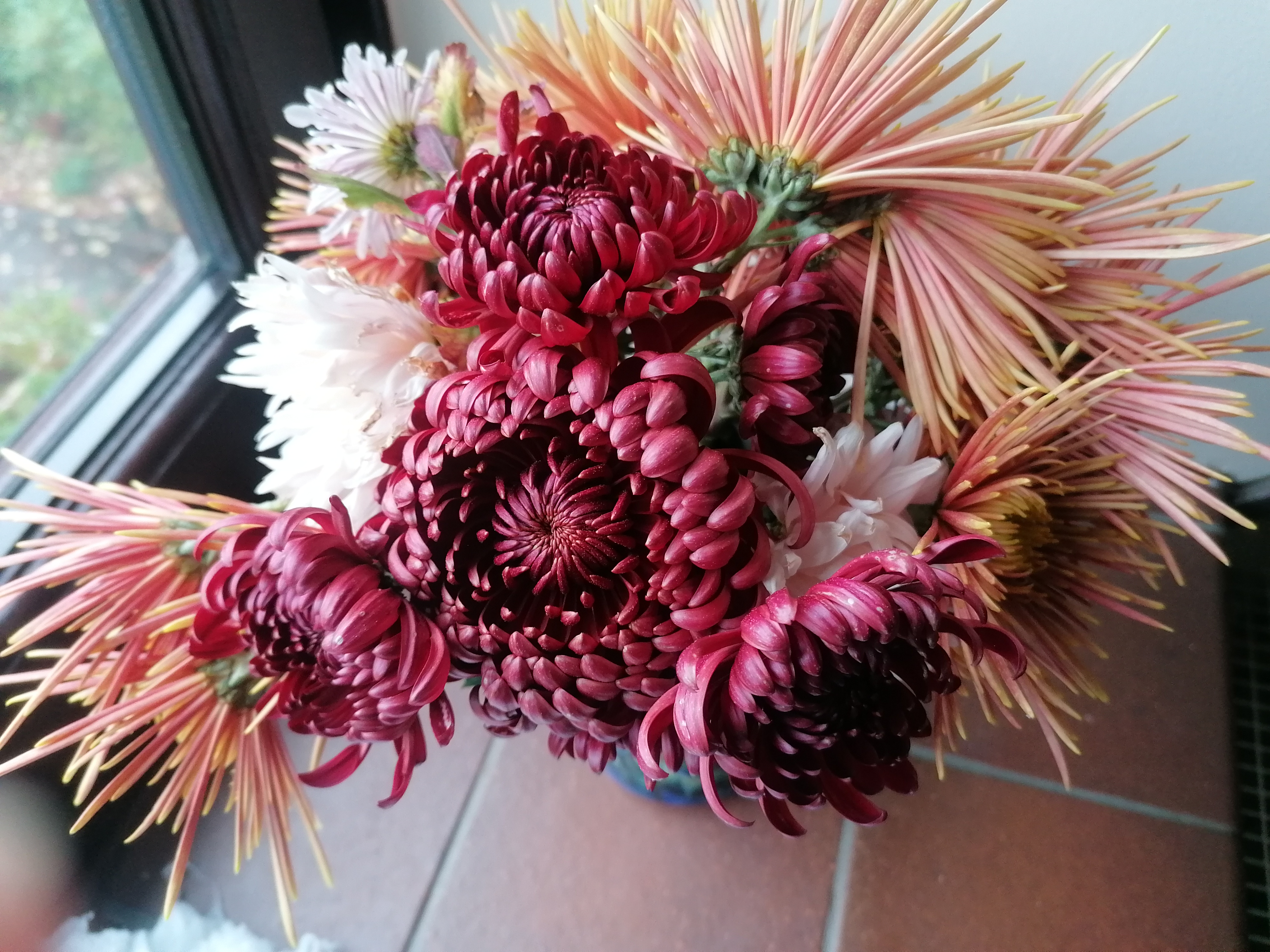
Until the snow fell, it was my great good fortune to be able to pick these chrysanthemums. They are now frost killed, their prolonged flowering at an end.
Plant history is fascinating and as ever naming is important. The name comes from the Greek ‘crysos’ meaning gold and ‘anthemom’ which means flower. (The original flowers were yellow.) The Chrysanthemum is part of the Asteraceae (formerly Compositae) family. The examples on the left are Chrysanthemum ‘Spider Bronze’, C. ‘Bigoudi Red’ and C. ‘Avignon Pink’.
‘If you would be happy for a lifetime, grow chrysanthemums,’ (Chinese proverb)
The flower was first cultivated in China and can be traced back to the fifteenth century BC (National Chrysanthemum Society USA) when it was initially valued as a culinary and medicinal herb. Japan celebrates Chrysanthemum Day on the 9th of September, a ceremony that was first held in 910 CE. The chrysanthemum was first introduced into European culture in the seventeenth century, and one was grown at Kew in 1790. It was a very popular flower in the nineteenth and twentieth centuries and a stalwart of flower shows and allotments. Tenterden and District Horticultural Society refer to them as exhibits in their 1988 handbook.
There is a charming story about how the chrysanthemum gained so many petals on this site: https://www.readmio.com/stories-en/the-story-of-chrysanthemum. (There are alternative variations.)
Taxonomy – the science of classification
The rain continues to be a weather wall separating me from my garden today. I am surrounded by books and the one that has been drawn to my hand is Ghost Trees: Nature and People in a London Parish by Bob Gilbert, a gift from a friend whom I remember every time I see the cover. Today’s inviting rabbit hole is taxonomy. A quick check of the pocket watch and into Wonderland.

Bob Gilbert writes about John Ray (1627-1705), an ordained priest, who wrote on botany and zoology. John Ray was a fellow of the Royal Society which had been founded in 1660 following a lecture by Sir Christopher Wren. Its founders were: Sir Christopher Wren, Robert Boyle, William Petty and John Evelyn. The group soon received royal approval from Charles II and became known as ‘The Royal Society of London for Improving Natural Knowledge’.
John Ray was ‘the first to use the concept of ‘species’ as a taxonomical sub-division, and the first to attempt to classify botanical specimens systematically, incorporating information about each plant’s pharmacological and medicinal qualities. Linnaeus built on Ray’s work, but did not acknowledge it.’
Prior to John Ray’s work the naming of plants had been haphazard with local names of plants being used which meant that plants known in other regions by different names were not always to identify.
It was Carl Linnaeus (1707-1778) who introduced the binominal system. This involved classifying each plant with two Latin words. The first word describes the genus, for example Viburnum, and the second the epithet (adjective) opulus. Taken together they provided a name for a particular plant species. Other species in the same genus had different epithets: Viburnum davidii, Viburnum plicatum…
Linnaeus’s system was developed further by scientists into an hierarchical system. For plants it goes: family, genus, species, sub-species, variety and form, cultivar.
A visit to Sissinghurst before the snow was very informative regarding rose pruning and these beautiful architectural shapes were evident.
